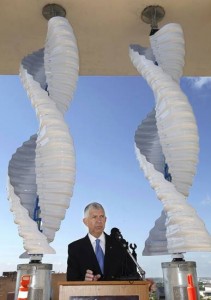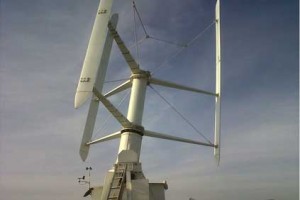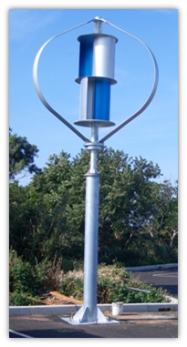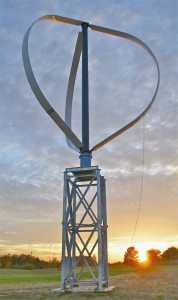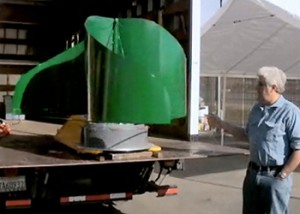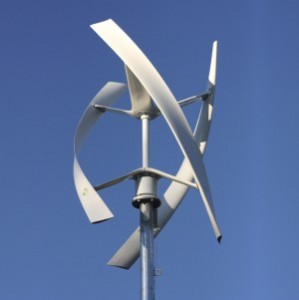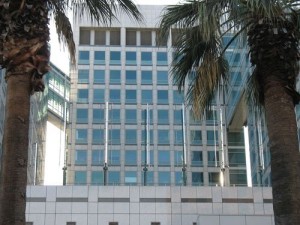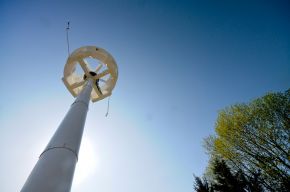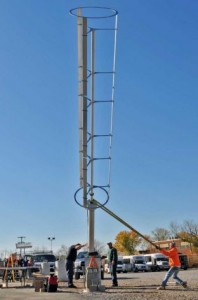Now that the Olympics have wrapped up it’s time to highlight an under-appreciated star. We’ve seen the likes of Usain Bolt and Michel Phelps take home multiple medals, but no ones mentioned the unsung heroes of the air.
Seven vertical axis wind turbines were installed in the London Olympic complex, contributing to Great Britain’s efforts in making the 2012 Olympics the greenest ever.
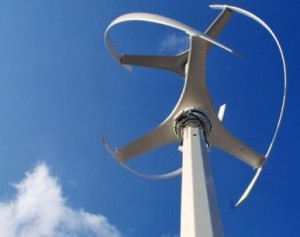 The Olympic park was originally slated to host a large conventional axis wind turbine, but when this plan fell through, 7 smaller vertical axis wind turbines were installed. Not only did they provide renewable energy to power street lights, the modern design of the VAWT’s added to the overall artistic aesthetic of the Olympic site.
The Olympic park was originally slated to host a large conventional axis wind turbine, but when this plan fell through, 7 smaller vertical axis wind turbines were installed. Not only did they provide renewable energy to power street lights, the modern design of the VAWT’s added to the overall artistic aesthetic of the Olympic site.
The wind turbines were manufactured by Quiet Revolution, an England-based wind turbine manufacturer. The qr5 model wind turbines are designed to provide up to 7500 kWh of energy per year each. Enough to reduce the energy required by the high powered street lights 40%.
Rising 18 m above street level, the unique design of the 8kW turbines provides an interesting showpiece for spectators and athletes as they walk from one event to the next.
[youtube]http://www.youtube.com/watch?v=4uJCiJmVbjM[/youtube]
Smaller scale vertical axis wind turbines are more suitable for generating power within urban environments, due to fluctuating wind directions and speeds typical of most cities.

